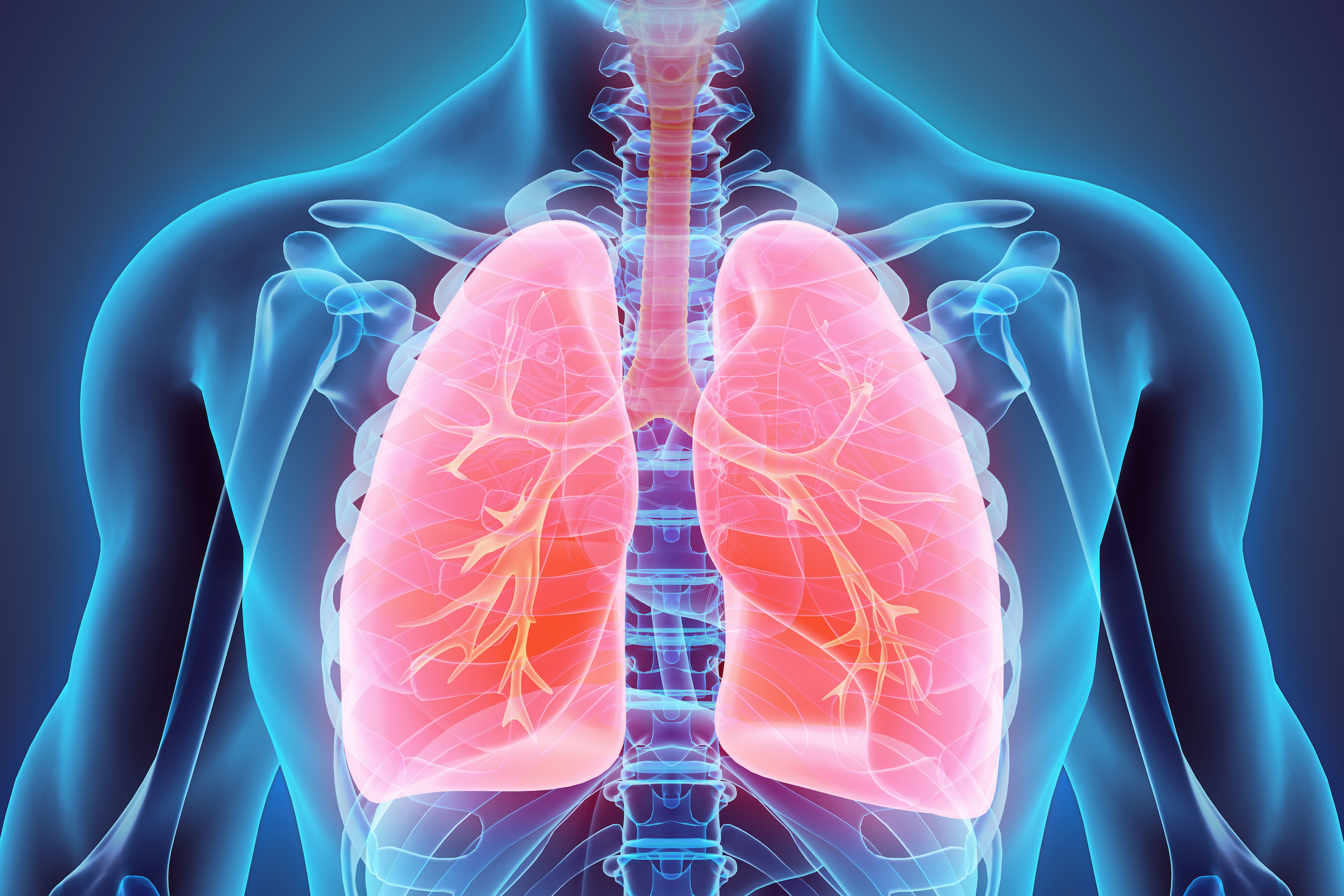


November 7, 2021
Different people have different symptoms for lung cancer. Some people have symptoms related to the lungs. Some people whose lung cancer has spread to other parts of the body (metastasized) have symptoms specific to that part of the body. Some people just have general symptoms of not feeling well. Most people with lung cancer don’t have symptoms until the cancer is advanced. Lung cancer symptoms may include—
Coughing that gets worse or doesn’t go away.
Chest pain.
Shortness of breath.
Wheezing.
Coughing up blood.
Feeling very tired all the time.
Weight loss with no known cause.
Other changes that can sometimes occur with lung cancer may include repeated bouts of pneumonia and swollen or enlarged lymph nodes (glands) inside the chest in the area between the lungs.
These symptoms can happen with other illnesses, too. If you have some of these symptoms, talk to your doctor, who can help find the cause.
You can help lower your risk of lung cancer in the following ways—
Don’t smoke. Cigarette smoking causes about 80% to 90% of lung cancer deaths in the United States. The most important thing you can do to prevent lung cancer is to not start smoking, or to quit if you smoke.
Avoid secondhand smoke. Smoke from other people’s cigarettes, cigars, or pipes is called secondhand smoke. Make your home and car smoke-free.
Get your home tested for radon. The U.S. Environmental Protection Agencyexternal icon recommends that all homes be tested for radon.
Be careful at work. Health and safety guidelines in the workplace can help workers avoid carcinogens—things that can cause cancer.
